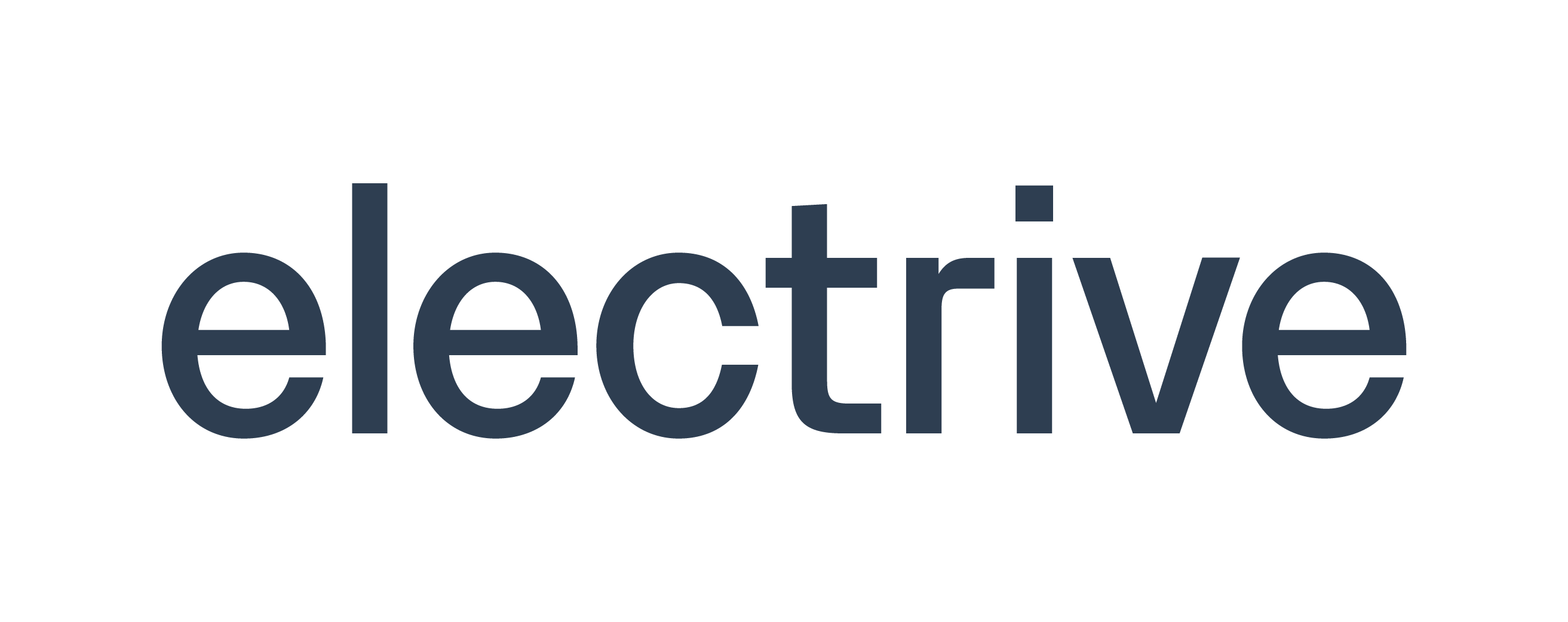Although the battery passport requires disclosure of basic as well as confidential inputs from battery material suppliers, refiners and recyclers, battery cell and module manufacturers, and vehicle manufacturers, implementing the concept as desired may face several challenges due to the sharing of business-sensitive information.
The European Parliament and the Council of the European Union reached a provisional agreement on a proposal to strengthen the sustainability rules for batteries in December 2022. The Parliament and the Council said they are also open to further discussions on the new technological developments and future challenges pertaining to the batteries and battery materials. The negotiating representatives on both sides agreed that a carbon footprint declaration and label must be made mandatory for batteries powering electric vehicles (EVs) and light means of transport (LMT) such as electric two-wheelers, batteries used for starting, lighting and ignition (SLI batteries) in vehicles and machineries, as well as rechargeable industrial batteries with a capacity of more than 2 kWh.
These batteries will be under a mandate to have a digital battery passport, which must disclose information about battery identification, basic features (battery type, model and capacity) and statistics on performance, safety and durability. Notably, the performance disclosures required in the battery passport are detailed in Article 10 of the Battery Regulation Amendment (2022). To access the battery passport, the batteries will be required to have a QR code, which will act as a unique identifier. However, the requirements also include providing key data related with the upstream (sustainable production of raw materials) and downstream (end-of-life management) movements of the batteries.
In other words, the battery passport concept would make all components and materials used in manufacturing batteries traceable with information on carbon footprint, safety certification and supply chain due diligence stored in a central ledger. Officially, all EV batteries will be required to have a unique battery passport from January 1, 2026.
The intent of the deal between the Parliament and the Council is to promote a circular economy and reduce the environmental and social impact throughout all stages of the battery life cycle, thereby stabilizing Europe’s battery ecosystem while reducing the continent’s over dependence on Asian countries, primarily mainland China.
The deal aims to ensure that all battery suppliers in the EU market — with an exclusive exception for small and medium enterprises (SMEs) — will develop and implement a due diligence policy to remain aligned with international standards and address the social and environmental risks linked to sourcing, processing and trading raw materials and secondary raw materials.
The European Commission had presented a proposal for regulating batteries in December 2020, and the provisional agreement reached between the Council and the Parliament two years later has officially set into motion some of the key targets proposed earlier, including:
a) Waste batteries:Battery producers and distributors will be required to collect waste portable batteries — 45% by the end of 2023, 63% by the end of 2027 and 73% by the end of 2030. Meanwhile, battery companies will also be required to adhere to a dedicated collection objective for waste batteries from LMT of 51% by the end of 2028 and 61% by the end of 2031. All waste batteries collected shall enter recycling operation.
b) Recycled content:The mandatory minimum requirement of recycled content for industrial batteries, SLI batteries and EV batteries —is initially set at 16% for cobalt, 85% for lead, 6% for lithium and 6% for nickel. It would be mandatory for the EV batteries to disclose information about the recycled content. The mandate on this front will likely be implemented as early as January 1, 2027, via technical documentation, which must disclose the percentage of recycled materials present in each battery model and batch per manufacturing plant.
c) Lithium recovery:The co-legislators agreed to the target for lithium recovery from waste batteries to reach 50% by 2027 and 80% in 2031. However, these targets can be amended over time depending upon the market, technological developments and the global availability of lithium.
d) Recycling efficiency:The target for achieving a recycling efficiency of 80% for nickel-cadmium batteries by 2025 and 50% for other waste batteries by 2025.
e) Carbon footprint and greenhouse gas (GHG) emissions:The battery producers will be obligated to report the carbon footprint associated with the overall life cycle of specific manufacturing batches of batteries. From July 1, 2024, EV batteries must be accompanied with a carbon footprint declaration.
f) Label and QR code:The mandate also requires the EV and other batteries to have a QR code or a matrix barcode that links to information about the battery. From July 1, 2023, batteries shall be labeled with a symbol indicating “separate collection.” From January 1, 2027, the automotive batteries shall be marked with a label containing information on their capacity, among other basic details.
While the European Parliament and the Council will have to formally approve the agreement before it can be converted into law, the development was soon followed by the Global Battery Alliance (GBA) launching the proof of concept for its battery passport at the World Economic Forum’s annual meeting in Davos, Switzerland, in January 2023.
GBA launches first-ever battery passport proof of concept
GBA’s prototype battery passports unveiled illustrative results for the first time, citing example data from Audi and Tesla. The carmakers and their respective supply chain shared data such as the battery’s technical specifications, material provenance and material reporting on key sustainability performance indicators. According to the official note issued by GBA, the key sustainability performance indicators included partial reporting of the battery’s carbon footprint, and child labor and human rights performance, in accordance with the rulebooks developed by members of the GBA for select materials. The battery passports also disclosed the information on the data collection across different steps of the value chains.
Additionally, the GBA disclosed that while Audi and Tesla agreed to publish the results of the battery passport proof of concept to demonstrate the feasibility of collecting sustainability performance data, integrated with material-provenance data and technical data, the quality of this data presented was not fully verified because it was partially complemented with reasonable estimates and other data from ongoing environmental, social and governance (ESG) efforts. In other words, Tesla and Audi and their supply chain vendors piloted with the GBA tools only on select raw-material supply chains and not on all battery components. As a result, the data presented within the battery passport prototypes at Davos in January represents exemplary data and does not provide a full representation of the ESG performance of Audi or Tesla’s full battery supply chain.
However, elaborating on the key intent of the initiative, GBA said that establishing the proof of concept is aimed at demonstrating how, by putting this data in the hands of end users, the passport will enable customers to make more informed purchasing decisions and drive sustainable sourcing, processing and manufacturing practices in the industry in the future.
The GBA further added that following the successful launch of the proof of concept, it plans to continue evolving the battery passport architecture, including the development of a comprehensive and streamlined indicator framework. To this end, it will work jointly with its members on developing rules and mechanisms for performance scoring, data governance, assurance and verification, including of IT instruments. “Once completed, this will allow for batteries to be benchmarked against the GBA’s verifiable definition of a sustainable and responsible battery in the future, identifying those that are best- and worst- in-class and tracking progress in the industry through the issuance of a GBA quality seal for batteries,” it said.
It must be noted that GBA, which had officially launched the concept of battery passport for the first time at the World Economic Forum’s 50th annual meeting in January 2020, has been developing the proof-of-concept prototype for over three years. GBA’s members span the global battery value chain from mines to recycling, and they include Audi, BASF, CATL, Eurasian Resources Group, Glencore, LG Energy Solution, Umicore, Tesla, Volkswagen AG and IT solution providers. Its members also include leading non-governmental and international organizations such as IndustriALL Global Union, Pact, Transport & Environment, United Nations Environment Programme (UNEP) and United Nations Children’s Fund (UNICEF), among others, with its operations duly supported by government institutions such as the German Ministry for Economic Affairs and Climate Action and Natural Resources Canada.
GBA estimates that by 2030, batteries alone can help reduce emissions in the transport and power sectors by 30%, with demand expected to increase about 19 times. That said, by the end of this decade, an estimated 11 million metric tons of batteries are estimated to reach their end-of-service lives.
Circulor announces partnership with StoreDot and SQM
London-based supply chain traceability provider Circulor, which is a lead technology implementor for Germany’s three-year, government-funded, Battery Pass pilot project, announced its partnership with Israel’s upcoming battery startup StoreDot in January 2023. The two companies have already begun working together to trace upstream battery material production and embedded carbon emissions. Interestingly, the information will provide StoreDot with transparency, and will enable it to make the same available to its OEM customers and regulators who require such information regarding ESG efforts.
This was followed by Circulor collaborating with one of the world’s largest lithium producers, Sociedad Química y Minera (SQM), located in Chile, to ensure traceability for lithium from source to the final product. The company said that such information would be made available to downstream automakers, including Volvo Cars.
Meanwhile, recently in North America, independent technology company Everledger had launched a battery passport pilot project with Ford Motor Company, leveraging its digital platform to track EV batteries throughout their life cycle. Everledger and Ford plan to use the former’s battery passport solution to track batteries in various late and newer EV models for six months, working together with US lithium-ion (Li-ion) battery recyclers, Cirba Solutions and Li-Cycle. The pilot project will allow the carmaker to gain visibility on out-of-warranty batteries as well as access data on recycled minerals and associated carbon footprints.
According to Everledger, it has deployed a range of technologies including types of auto identification, blockchain and artificial intelligence (AI) to track the EV battery life cycle. The pilot entails Ford batteries tagged with 2D data-matrix codes during manufacture. These codes would be scanned with a cell phone by each organization as the battery changes hands, the company said, adding that these scans allow otherwise separated links in the value chain to report on and access information about a battery’s location, chemistry and other attributes and activities taking place, such as transportation, disassembly and recycling.
S&P Global Mobility analysis
Although the battery passport concept will require basic as well as confidential inputs from battery material suppliers, refiners and recyclers, battery cell and module manufacturers, and vehicle manufacturers, Dr. Richard Kim, associate director for battery research at S&P Global Mobility, understands that implementing the concept as desired may face several challenges. This is because labels and QR codes may disclose too much “business sensitive” information to the competition, among other issues, unless appropriate technical measures are implemented to avoid situations where unnecessary information is disclosed to irrelevant parties.
“While carmakers would like to disclose information on the carbon footprint of the batteries used in their EVs as part of their ESG reporting to the regulators and the financial markets, it is important to understand a lot of this information would involve confidential information such as vendor names, sourcing strategies, locations, data collected during vehicle operation, and more. The automakers would not be comfortable disclosing that critical information,” Dr. Kim said.
He elaborated that it would be easier for vehicle manufacturers to map the upstream carbon emissions and sustainability practices if they are directly sourcing battery materials from mining companies. However, automakers with heavy dependence on battery-cell suppliers will likely find it relatively difficult to map the practices and procure reliable data related to the required upstream emissions. “What if any manufacturer inserts false data in the label and QR codes just to meet the requirements?” Dr. Kim asked.
Meanwhile, from the perspective of a battery supplier, we expect it would be easier to maintain transparency downstream where the automakers are involved, but difficult to locate reliable upstream data.
“Not only formulating regulations, but also auditing miners and verifying their compliance with regulations and standards, to ensure correct information is recorded, will be key success factors in achieving the goals of implementing a battery passport,” Dr. Kim added.
Author: Amit Panday, Senior Research Analyst, battery research, S&P Global Mobility




















